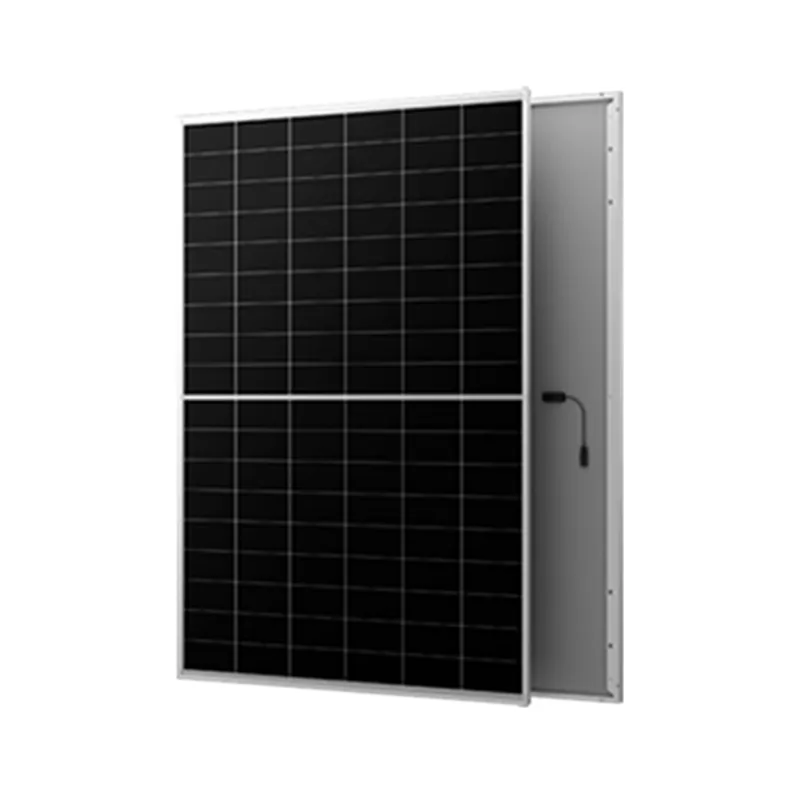what is a grid tie inverter
Understanding Grid-Tie Inverters A Comprehensive Overview
A grid-tie inverter, also known as a grid-connected inverter, is a crucial component in solar power systems. It serves as a bridge between the solar panels and the electrical grid, converting the direct current (DC) electricity produced by solar panels into alternating current (AC) electricity that can be used in homes or fed back into the grid. This technology has revolutionized the way we harness solar energy, making it possible for homeowners and businesses to utilize renewable energy efficiently and economically.
How Grid-Tie Inverters Work
The primary function of a grid-tie inverter is to convert DC power generated by solar panels into AC power compatible with standard electrical systems. When sunlight hits the solar panels, they generate electricity in DC form. The inverter then modifies this DC electricity to AC electricity, which is in sync with the grid’s frequency and voltage. This synchronization is essential; if the inverter’s output does not match the grid's voltage and frequency, it can lead to power disruptions and safety hazards.
Grid-tie inverters also have built-in safety features. For example, they are designed to shut down automatically during a power outage. This is crucial for the safety of utility workers who may be repairing lines; if the grid goes down, the inverter ensures that no electricity is sent back into the grid, preventing potential accidents.
Benefits of Grid-Tie Inverters
One of the standout benefits of grid-tie inverters is their ability to enable net metering. This system allows homeowners to send excess electricity back to the grid, crediting their utility account for the energy produced. This credit system can significantly reduce electricity bills or create additional savings, essentially turning your electric meter backward when you produce more energy than you consume.
what is a grid tie inverter

Moreover, grid-tie inverters can enhance the efficiency of the solar power system. Many modern inverters come with features like Maximum Power Point Tracking (MPPT), which optimizes the power output from the solar panels by continuously adjusting the inverter’s operating point to match the solar panel’s optimal efficiency. This capability ensures that the highest possible amount of energy is harvested, maximizing the return on investment in solar technology.
Limitations of Grid-Tie Inverters
Despite their many advantages, grid-tie inverters do have some limitations. The most significant is their dependence on the grid; without a functioning grid, these inverters cannot operate. This limitation means that during prolonged power outages or emergencies, a homeowner relying solely on a grid-tie system will not have backup power unless they have an additional energy storage solution, like batteries, installed.
Furthermore, grid-tie inverters can be more complex and expensive than standalone systems. The initial investment in both solar panels and an inverter can be substantial, and while the long-term savings on electricity bills can be significant, it's important for potential solar users to conduct a full analysis of their energy needs and financial situation before jumping into a solar investment.
Conclusion
In summary, grid-tie inverters play a vital role in the promotion of renewable energy through solar power systems. They not only enhance the efficiency of solar installations but also facilitate a greener energy landscape by allowing consumers to participate in net metering and reduce reliance on fossil fuels. Understanding how these inverters work and their benefits and limitations is essential for anyone considering solar energy. With ongoing advancements in technology, the future of grid-tie inverters looks promising, paving the way for a more sustainable and energy-efficient world.
-
Unlocking Energy Freedom with the Off Grid Solar InverterNewsJun.06,2025
-
Unlock More Solar Power with a High-Efficiency Bifacial Solar PanelNewsJun.06,2025
-
Power Your Future with High-Efficiency Monocrystalline Solar PanelsNewsJun.06,2025
-
Next-Gen Solar Power Starts with Micro Solar InvertersNewsJun.06,2025
-
Harnessing Peak Efficiency with the On Grid Solar InverterNewsJun.06,2025
-
Discover Unmatched Efficiency with the Latest String Solar InverterNewsJun.06,2025







